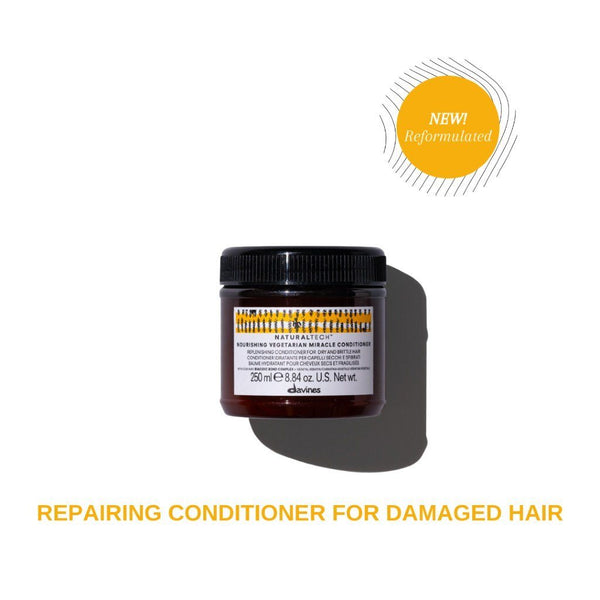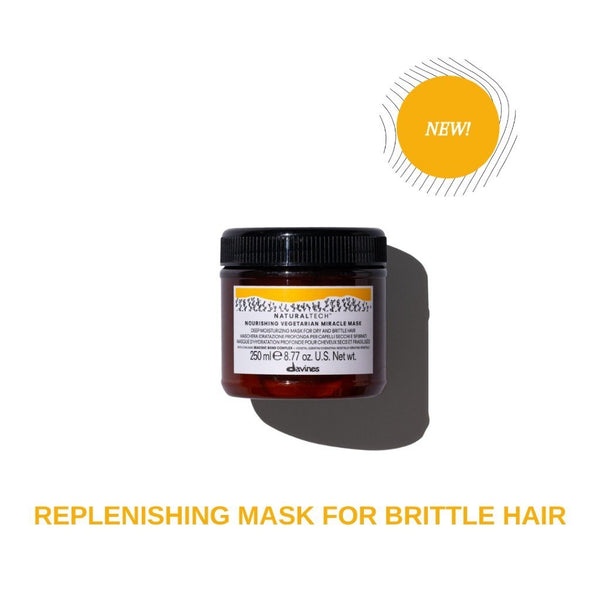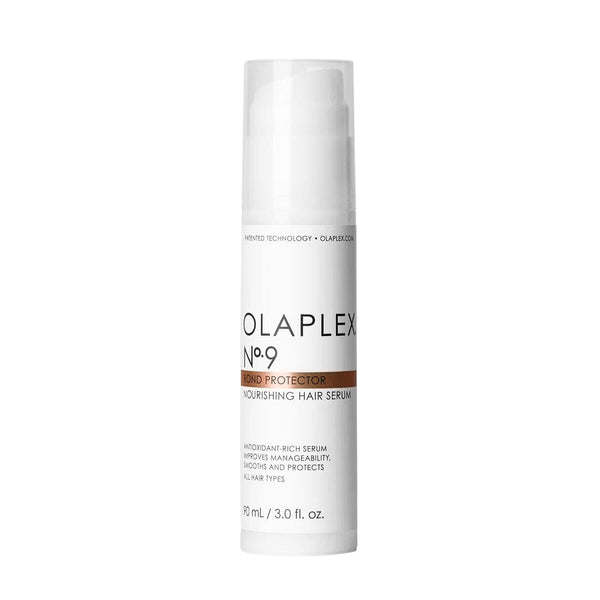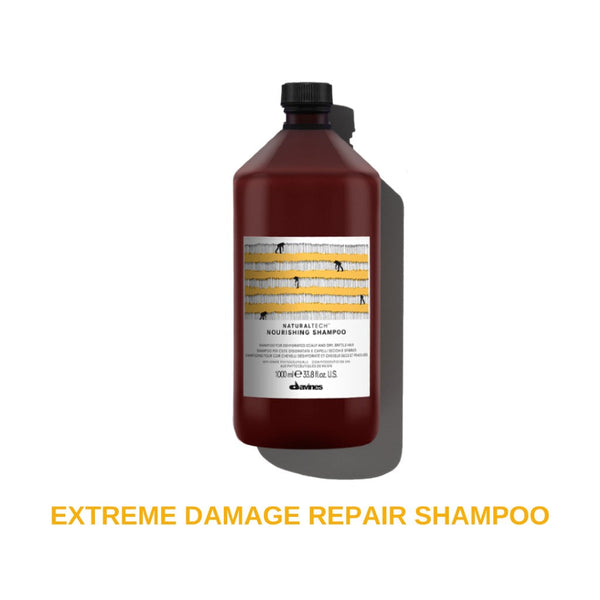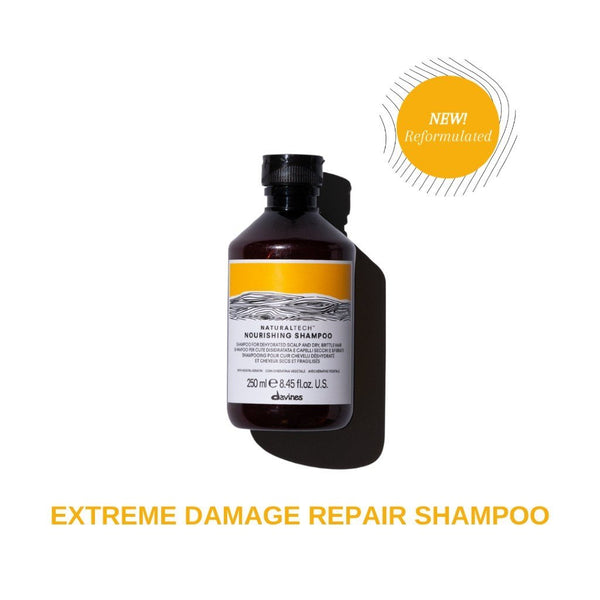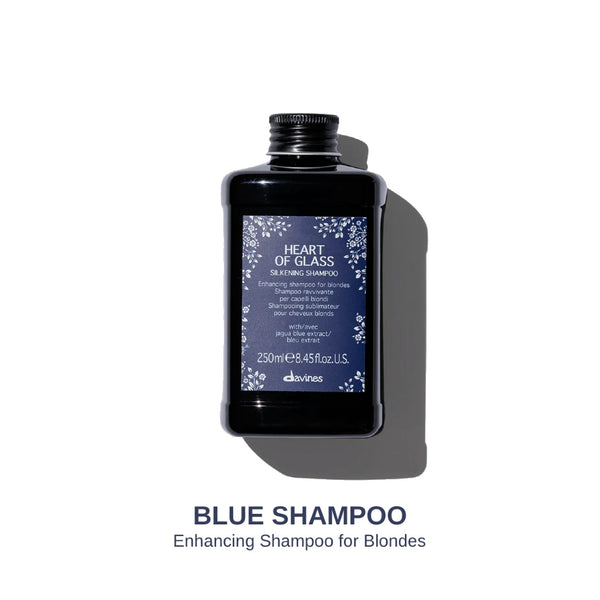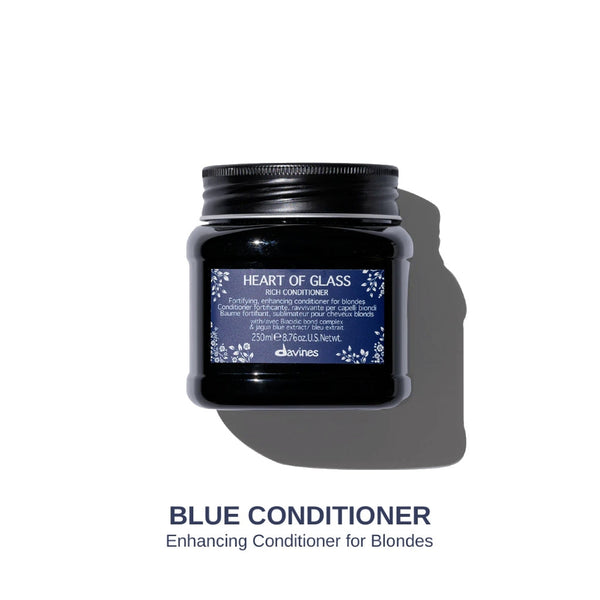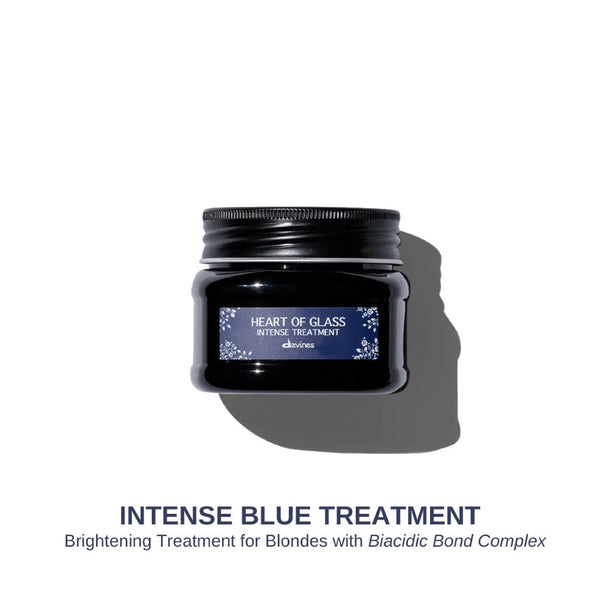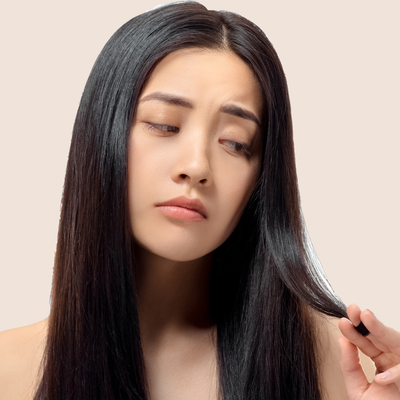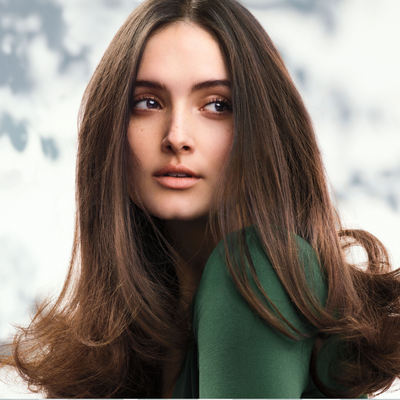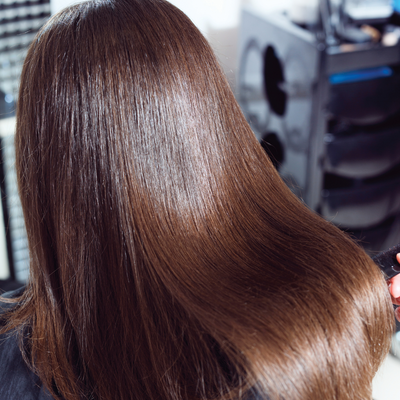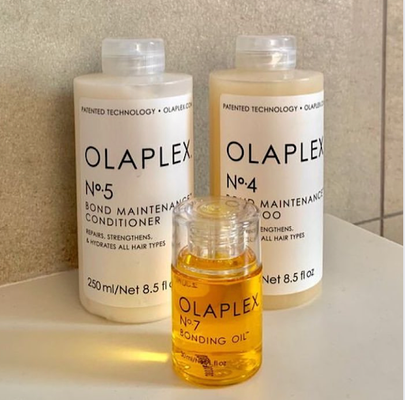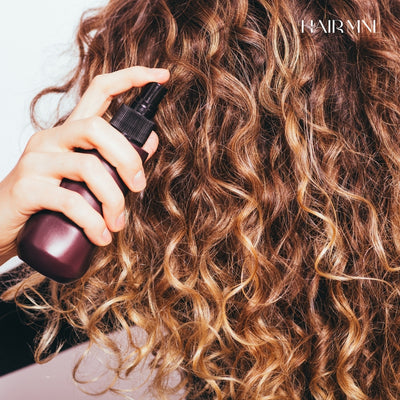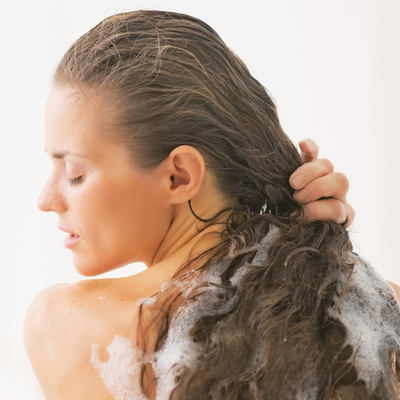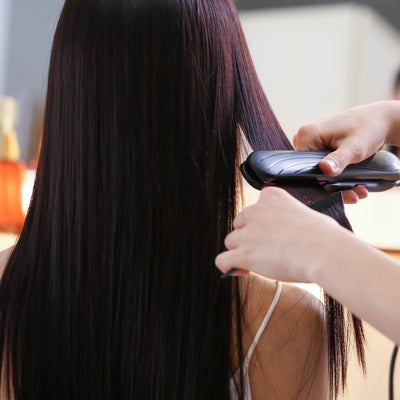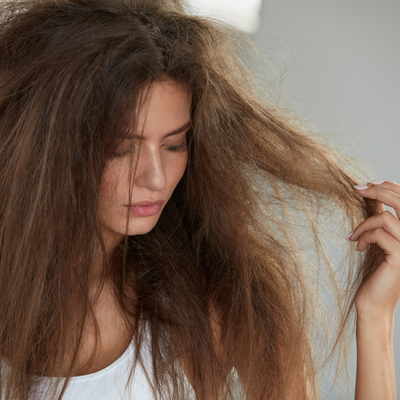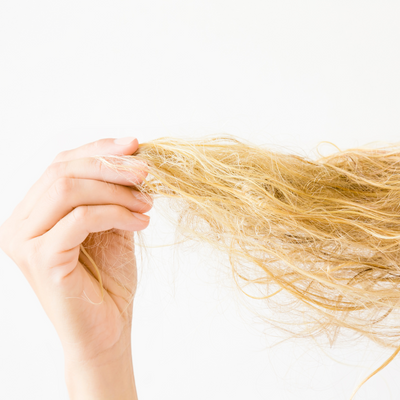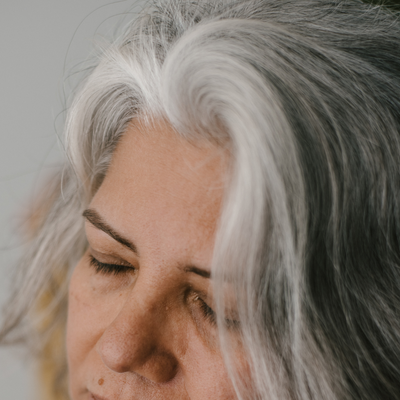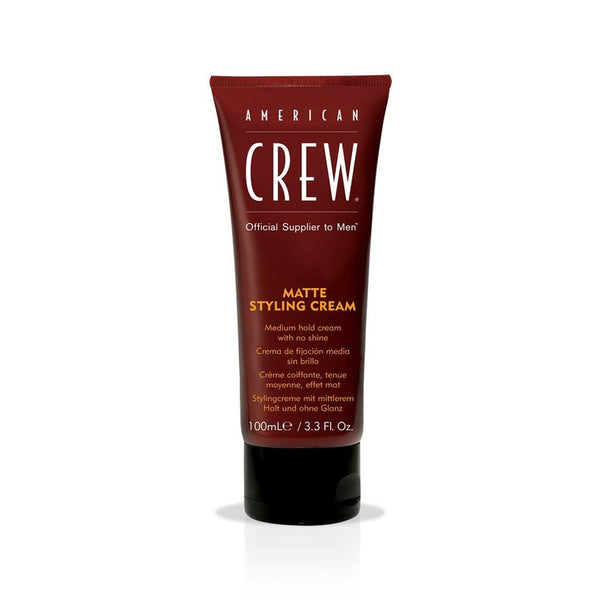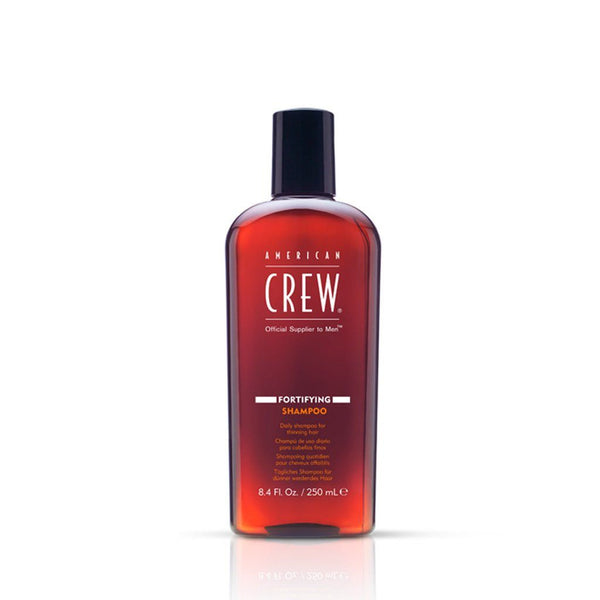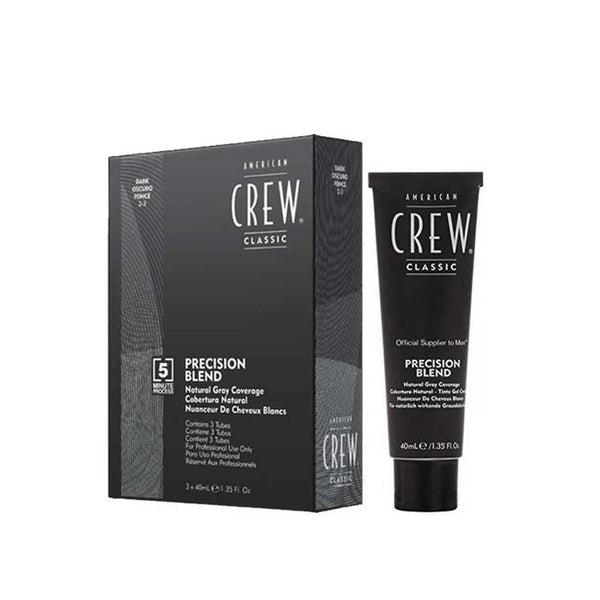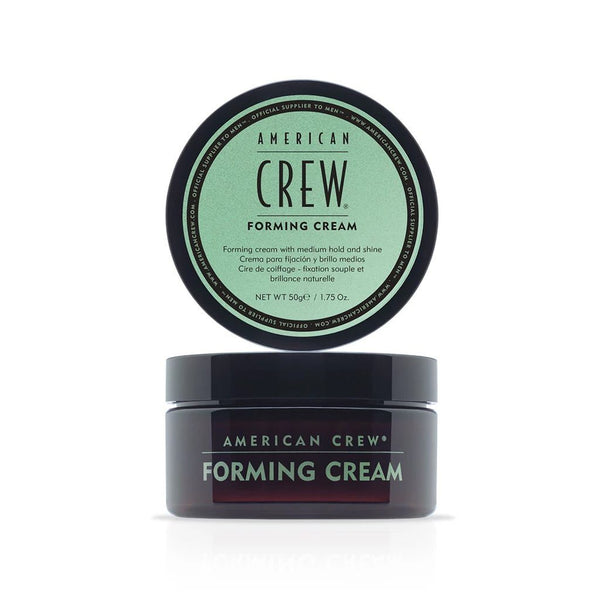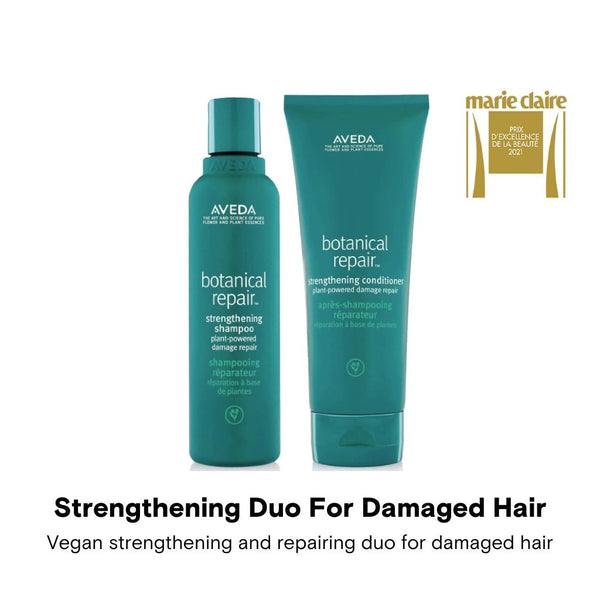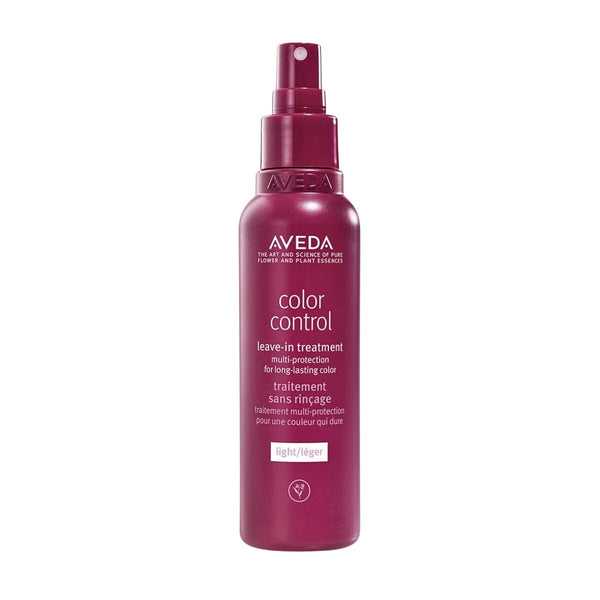Healthy and lustrous hair is the dream of every person, but with everyday stress, environmental pollution, and chemical treatments, hair can become brittle and prone to breakage. Hair breakage is a common problem that can occur due to various reasons like chemical treatments, heat styling, tight hairstyles, and improper hair care routine. In this article, we will discuss the different types of hair breakage and how to fix them.
Common Causes of Damaged Hair
There are several common causes of hair damage, including:
-
Heat styling: Frequent use of hot styling tools like blow dryers, flat irons, and curling irons can damage hair by removing moisture and causing breakage.
-
Chemical treatments: Chemical treatments like hair coloring, perming, and relaxing can weaken hair and cause damage.
-
Environmental factors: Exposure to sun, wind, and pollutants can damage hair by causing dryness, brittleness, and split ends.
-
Improper hair care
-
Over styling: Pulling hair too tightly into braids, ponytails, or buns can cause damage and breakage over time.
-
Poor nutrition: A diet lacking essential vitamins and nutrients can result in weak, dry, and brittle hair.
-
Overwashing: Washing hair too frequently can strip away natural oils and cause dryness and breakage.
Different Types of Damaged Hair
Frizzy hair
Frizzy hair is hair that is dry, damaged, or lacking in moisture, which causes it to become rough, puffy, and unruly. Frizz occurs when the hair cuticle, the outermost layer of the hair shaft, becomes raised and allows moisture to pass through, leading to swelling and an uneven texture. This can happen due to a variety of factors, including genetics, over-washing, using harsh hair products, heat damage from styling tools, or environmental factors such as humidity or extreme dryness.
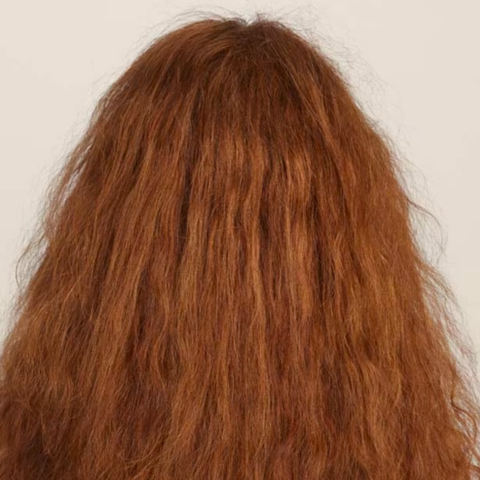
Image Source: Rodan + Fields
Split ends
Split ends are a common hair problem that many people face. They occur when the hair shaft splits into two or more strands at the end. Split ends can make your hair look frizzy, dull, and damaged, and they can also lead to hair breakage.
You can prevent split ends by avoiding heat styling and chemical treatments, being gentle when brushing or combing your hair, and using hair products to repair the damage. If you already have split ends, getting a trim is the best way to treat them.
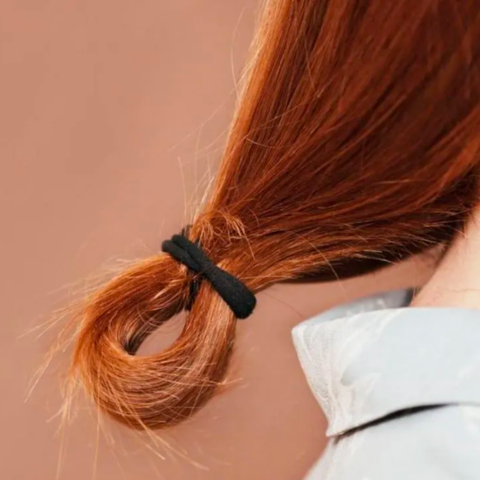
Image Source: Purplle
Dry hair
Dry hair is a common hair condition that occurs when your hair doesn't have enough moisture or natural oils to keep it healthy and shiny. It can be caused by several factors, including environmental factors, genetics, and certain hair care practices. Symptoms of dry hair include a lack of shine, frizz, and breakage. To prevent and treat dry hair, you can use moisturizing hair care products, avoid harsh hair care practices, and protect your hair from environmental factors.
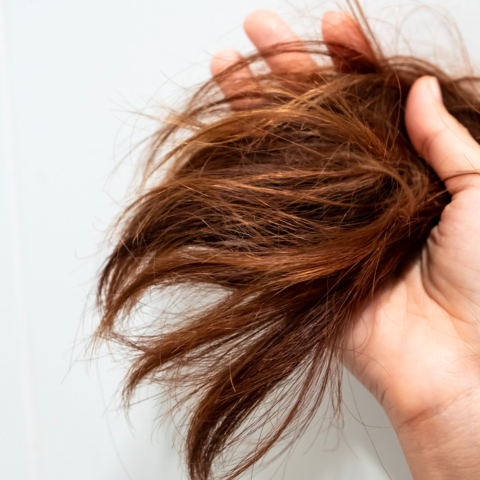
Image Source: Living Proof
Brittle hair
Brittle hair is a hair condition that occurs when your hair becomes weak and fragile, making it prone to breakage. It can be caused by genetics, age, and certain hair care practices. Symptoms of brittle hair include excessive shedding, hair that breaks easily, and hair that lacks elasticity.
To prevent and treat brittle hair, use gentle hair care products, avoid heat styling tools, and protect your hair from the sun and wind. Brittle hair is a hair condition that occurs when your hair becomes weak and fragile, making it prone to breakage. It can be caused by genetics, age, and certain hair care practices.
Symptoms of brittle hair include excessive shedding, hair that breaks easily, and hair that lacks elasticity. To prevent and treat brittle hair, use gentle hair care products, avoid heat styling tools, and protect your hair from the sun and wind.

Image Source: Vegamour
Hair breakage
Hair breakage is a common hair problem that occurs when your hair becomes weak and brittle, causing it to break off easily. It can be caused by genetics, age, and certain hair care practices. Symptoms of hair breakage include split ends, hair that appears shorter than usual, and hair that breaks off easily.
To prevent and treat hair breakage, use gentle hair care products, avoid heat styling tools, and protect your hair from environmental factors.
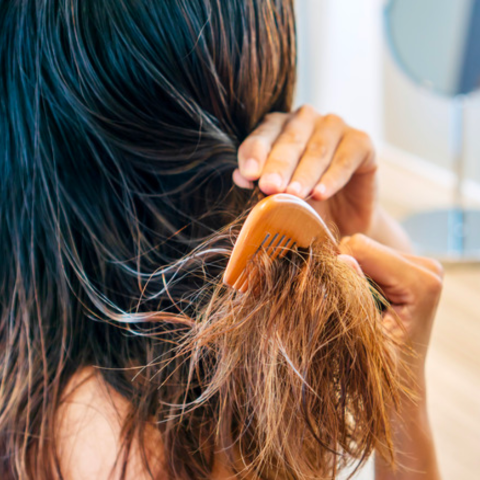
Image Source: Glam
Chemically or Heat-damaged hair
Chemically or heat-damaged hair is a hair condition that occurs when your hair is exposed to harsh chemicals or high temperatures, causing it to become weak, brittle, and prone to breakage. It can be caused by a variety of factors, including coloring or perming your hair, using heat styling tools, and exposure to the sun and wind.
To prevent and treat chemically or heat-damaged hair, use gentle hair care products, limit your use of heat styling tools, and protect your hair from environmental factors.
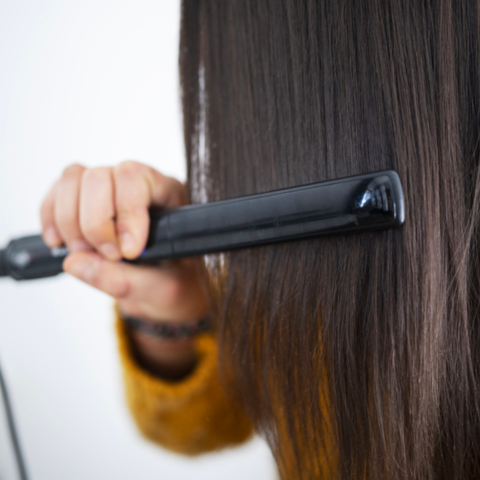
Image Source: MindBodyGreen
Symptoms of Damaged Hair
Several symptoms can indicate damaged hair:
Dullness
Dull hair often appears lifeless and lacks the natural shine that healthy hair has. It can feel dry and brittle to the touch and may be more prone to breakage and split ends. Dull hair may lack volume and appear flat and limp. It can also be more prone to tangling and knots, making it difficult to style.
One example of a hair product that you can use for dull hair is Kérastase Elixir Ultime Hair Mask. It's a deeply penetrating mask infused with sacred Marula oil to treat dull hair in need of shine. Ideal for dull hair seeking shine, this intense restorative mask penetrates hair to treat and restore strands to a silky smooth shine.
Dull hair is nourished, leaving it soft and visibly shinier. Vitamins C and D, and Oméga 9, delivered through the Marula Oil help reinforce the hair fiber. Hair is left shinier and healthier. Combined with the Bain Elixir Ultime, split ends are repaired and dullness is prevented allowing hair to reach new long-lasting radiance. This mask can be used occasionally as a deeper treatment for fine hair or as a regular treatment following the shampoo for normal to coarse hair.
Split ends
Split ends are a common hair problem that occurs when the protective outer layer of the hair shaft becomes damaged or worn down, causing the hair to split into two or more strands at the end. This can be caused by a variety of factors such as excessive heat styling, chemical treatments, and lack of proper hair care. Split ends can make the hair appear dry, damaged, and frizzy, and can also lead to further breakage if not addressed.
Regular haircuts, deep conditioning treatments, and minimizing heat styling and chemical treatments can help prevent and minimize the appearance of split ends. You can also use the Kérastase Resistance Force Architecte Mask, a reconstructing masque for damage.
Repairing reconstructing masque for brittle, damaged hair at erosion levels 1-2. Provides instant detangling and lightweight conditioning. Rebuilds and strengthens the hair fiber. Each fiber is reconstructed, revitalized, shiny, and smooth. Hair is completely reconstructed from the inside out. Helps prevent breakage and split ends.
Another product that you can try is an intensive cream serum for hair ends that seals the ends and prevents splitting. Schwarzkopf BC Bonacure Repair Rescue Arginine Sealed Ends+ is a lightweight care balm that gently envelopes each hair, especially the mid-lengths, and ends gently in a smooth cocoon. The Repair Rescue Technology oils ensure deep restoration and flawless hair beauty.
Breakage
Hair breakage refers to the breaking or snapping of hair strands, typically due to damage or weakness. When hair becomes damaged, it can lose its strength and elasticity, making it more prone to breakage. Hair breakage can occur anywhere along the length of the hair, but it often occurs at the ends, where the hair is the oldest and most fragile.
To prevent hair breakage, use hair care products like AVEDA Botanical Repair™ Strengthening Overnight Serum. This overnight intensive serum strengthens hair while you sleep. Builds bonds, repairs all three layers of hair, and reduces the appearance of split ends by 84% overnight, powered by Nangai oil. It’s also suitable for all hair types.
Frizziness
Frizziness is a term used to describe hair that is dry, damaged, or lacking in moisture, which results in strands that are uneven, rough, and prone to breakage. When hair lacks moisture, the cuticle layer (the outermost layer of the hair) can become raised and rough, causing the strands to become tangled and difficult to manage.
This can result in a "frizzy" appearance, with hair that appears fluffy, unkempt, and lacking in shine. Frizziness is a common concern for people with curly or wavy hair, as these hair types are more prone to dryness and damage.
To prevent or treat frizzy hair, using hair treatment products is a must. Davines OI Hair Butter is one of the products that deeply nourishes and moisturizes hair. It has antioxidant nourishing butter with a sensory scent and has an anti-frizz disciplinary action giving extraordinary softness and brightness to the hair with an immediate cosmetic effect.
And to protect your hair from heat, Kérastase Discipline Keratin Thermique Blow-Dry Primer is the perfect product to use. It's a hair-smoothing leave-in treatment for frizzy, unmanageable hair. Taming heat-protectant blow-dry milk for unruly hair in need of discipline. The thermo-protective agents in this milk seal the scales of the hair fiber protecting it from the blow dryer and heat styling tools up to 180°C. The deep taming properties facilitate blow-dry, reducing time spent styling hair. Anti-humidity and anti-frizz properties ensure that styled hair stays smoother for longer. Hair is left shiny and more fluid with a perfect glazed-like finish.
Dryness
It refers to a condition in which the hair lacks moisture and becomes brittle, rough, and dull. It is a common problem that can be caused by a variety of factors, including genetics, environmental factors, and lifestyle habits.
When the hair loses its natural oils, it can become dry and prone to breakage. This can lead to split ends, frizz, and an overall lackluster appearance. Dry hair can also be more difficult to manage and style, as it may be more resistant to styling products and tools.
There are a variety of treatments and products available to help address hair dryness, one of which is the Davines NOUNOU Mask: Nourishing Repairing Mask for Highly Processed or Brittle Hair. It's an intensive, repairing mask made to deeply nourish dry, damaged, or brittle hair - whether naturally, or from bleaching, heat, or chemical damage. Its weightless formula is designed to untangle and give body-to-treated hair by making it soft and silky.
During the night, hair is prone to reverse the daytime loss by absorbing all of the nutrients of your hair care. Kérastase Nutritive 8-Hour Magic Night Serum, an overnight leave-in serum gives a nourishing boost to all dry hair types. Infused with Iris Root extract and a blend of 5 vitamins including vitamin E, the serum deeply penetrates the fiber over 8 hours for 100% absorption to restore hair's balanced nutrition levels.
Its lightweight creamy texture suits all hair types: on fine hair, it helps detangling and provides better manageability on normal to coarse hair. Applied at night, hair progressively absorbs the nutrients of the nourishing serum to reverse daytime depletion. This milky-gel-like cream melts into the hair to be quickly absorbed. The next morning, hair looks nourished and is visibly softer, easier to style, with a lightweight satin finish.

Preventive Measures for Avoiding Hair Damage
There are several preventive measures you can take to avoid hair damage:
-
Using heat protectant: Hot tools like hair dryers, straighteners, and curling irons can damage hair by drying it out and causing split ends. Try to limit your use of these tools and always use a heat protectant before styling.
-
Limiting chemical treatments: Limiting chemical treatments can help prevent hair damage. Chemical treatments like hair dye, perms, and relaxers can weaken hair and cause breakage.
-
Using gentle hair products: Choose a shampoo that is gentle and doesn't contain harsh chemicals that can strip your hair of its natural oils. Avoid shampoos that contain sulfates and opt for sulfate-free ones.
-
Following a healthy hair care routine: Following a healthy hair care routine is essential for maintaining healthy and strong hair.
-
Eat a balanced diet: Eating a diet rich in vitamins and minerals can help keep your hair healthy from the inside out. Foods like salmon, eggs, spinach, and avocados are good for your hair.
-
Trim regularly: Regular trims help prevent split ends and breakage. Aim to get a trim every 8-12 weeks
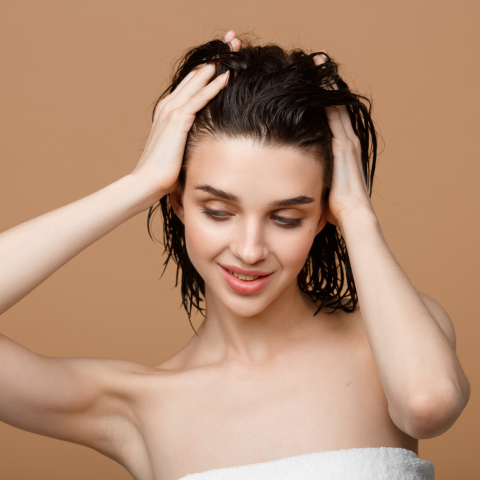
Treatments for Damaged hair
Several treatments can help repair and restore damaged hair:
-
Deep conditioning treatments: Deep conditioning treatments can help nourish and moisturize dry and damaged hair. Look for products that contain ingredients like keratin, biotin, and argan oil.
-
Hair masks: Hair masks can help restore moisture and shine to damaged hair. Look for products that contain natural ingredients like honey, avocado, or coconut oil.
-
Protein treatments: Protein treatments can help repair damaged hair by strengthening the hair shaft. Look for products that contain hydrolyzed keratin or collagen.
-
Oil treatments: Hot oil treatments can help strengthen hair and reduce breakage. Apply warm oil to your hair and scalp, cover your head with a towel, and leave it on for 30 minutes before washing it out.
-
Hair supplements: Hair supplements are a popular way to promote hair growth and maintain healthy hair. It's important to note that while hair supplements can be beneficial, they should not be used as a substitute for a healthy diet. Eating a balanced diet with plenty of vitamins and nutrients is the best way to promote healthy hair.
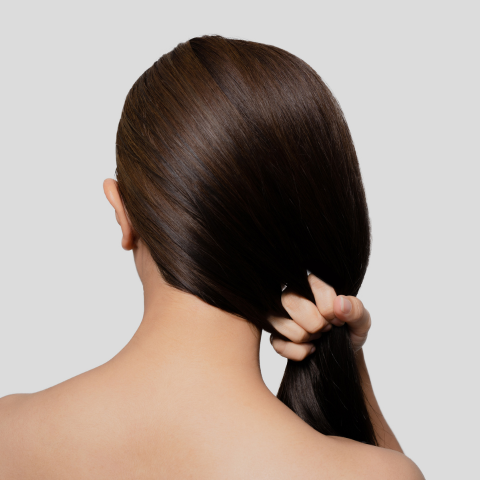
Hair breakage can be a frustrating and challenging problem to deal with, but there are many solutions available for different types of damaged hair. Preventive measures like limiting chemical treatments and following a healthy hair care routine can help keep your hair healthy and strong.
And if your hair is already damaged, don't worry! HairMNL has got you covered with our range of products that you can choose from. There are a variety of treatments available, such as deep conditioning, hot oil treatments, and protein treatments, that can help repair and restore it.
Remember to be patient and consistent with your hair care routine, and don't hesitate to seek professional help. With the right care and attention, you can have healthy, beautiful hair that shines with vitality.


